Home>Gardening & Outdoor>Landscaping Ideas>What Does Onion Grass Look Like
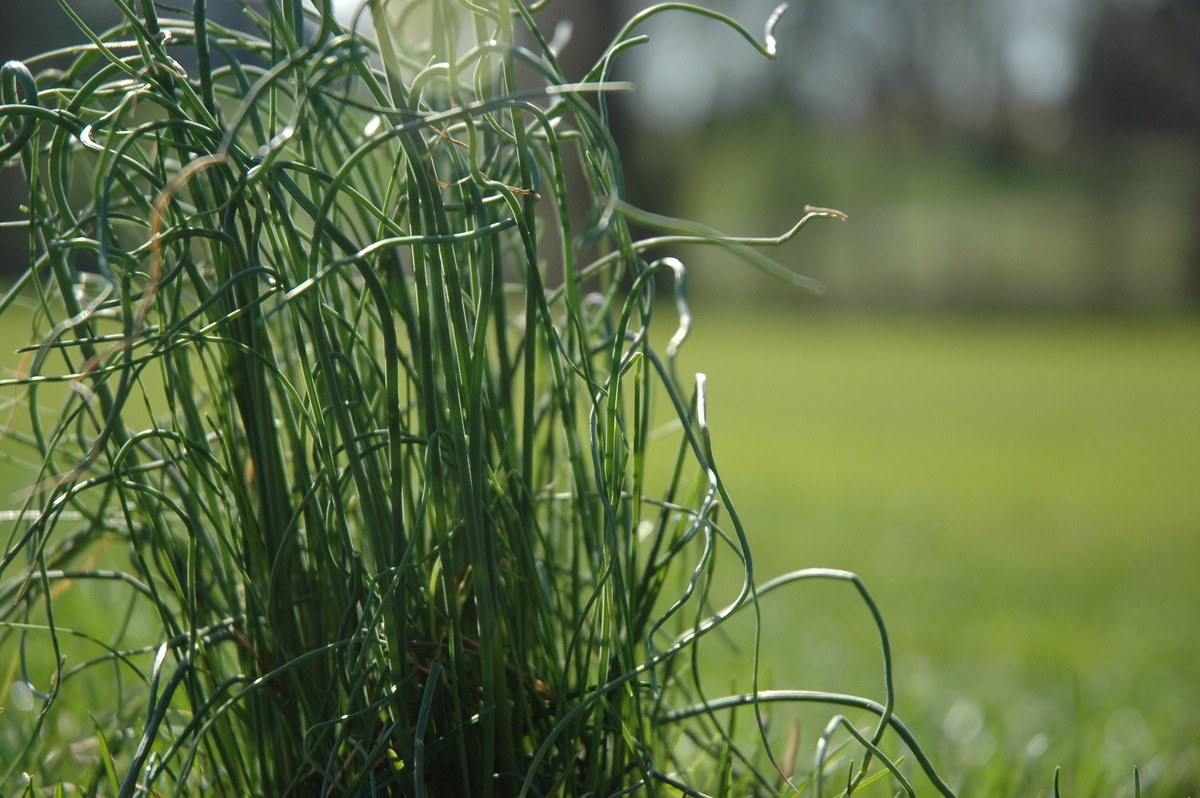

Landscaping Ideas
What Does Onion Grass Look Like
Modified: February 18, 2024
Discover what onion grass looks like and get landscaping ideas to control and manage it in your garden. Find tips and techniques for dealing with onion grass effectively.
(Many of the links in this article redirect to a specific reviewed product. Your purchase of these products through affiliate links helps to generate commission for Storables.com, at no extra cost. Learn more)
Introduction
Introduction
Onion grass, also known as wild garlic or crow garlic, is a common sight in many landscapes. This resilient plant is often considered a weed due to its invasive nature, but its distinctive appearance and unique properties make it a subject of interest for many. In this article, we will explore the physical characteristics, habitat, distribution, uses, and management of onion grass, shedding light on its intriguing presence in the natural world. Whether you're a gardening enthusiast, a nature lover, or simply curious about this ubiquitous plant, join us on a journey to uncover the secrets of onion grass.
Physical Characteristics of Onion Grass
Key Takeaways:
- Onion grass, also known as wild garlic, is a resilient plant with slender, hollow leaves and a pungent onion-like odor. It thrives in diverse habitats and has culinary potential, but requires proactive management to control its invasive tendencies.
- Managing onion grass involves cultural practices, manual removal, and targeted herbicidal treatments. Understanding its physical characteristics, habitat preferences, and potential uses can help mitigate its impact while acknowledging its ecological contributions.
Read more: What Does Crabgrass Look Like
Physical Characteristics of Onion Grass
Onion grass, scientifically classified as Allium vineale, is a perennial plant belonging to the Amaryllidaceae family. It is characterized by slender, hollow leaves that closely resemble those of chives or scallions. The plant typically reaches a height of 10 to 45 centimeters, with each stem producing a cluster of small, star-shaped white or pale pink flowers. The distinctive onion-like odor emitted by the crushed leaves or bulbs is a hallmark feature of this species, contributing to its common names, such as wild garlic and crow garlic.
One of the most remarkable physical attributes of onion grass is its underground bulbs, which are small, elongated, and covered in a papery skin. These bulbs serve as a means of propagation, allowing the plant to spread rapidly and establish dense colonies in various environments. The grass-like foliage and diminutive flowers, coupled with the pungent aroma and bulbous growth habit, collectively define the unmistakable appearance of onion grass.
Habitat and Distribution
Habitat and Distribution
Onion grass is a highly adaptable species that thrives in a wide range of habitats, from open fields and grasslands to woodlands and disturbed areas. It exhibits a particular affinity for moist, nutrient-rich soils, often colonizing lawns, gardens, and agricultural fields with ease. Its ability to tolerate varying light conditions, including full sun to partial shade, further contributes to its widespread presence in diverse landscapes.
Native to Europe and Asia, onion grass has successfully naturalized in many parts of North America, Australia, and New Zealand. Its tenacious growth habit and rapid reproductive cycle enable it to outcompete native vegetation, posing a challenge for ecological conservation efforts in certain regions. The plant’s adeptness at persisting in urban and suburban settings has also cemented its status as a familiar sight in residential areas and public spaces.
Given its invasive tendencies, onion grass has garnered attention from environmental authorities and land managers seeking to mitigate its impact on native flora and ecosystems. Understanding the plant’s preferred habitats and global distribution is crucial for devising effective strategies to manage and control its proliferation, thereby safeguarding the ecological balance of natural environments.
Uses of Onion Grass
Onion grass looks like thin, green, grass-like plants with small white or pink flowers. It often grows in clumps and has a distinct onion-like smell when crushed.
Uses of Onion Grass
While onion grass is often perceived as a nuisance due to its invasive nature, it possesses several intriguing uses and properties that have garnered interest among foragers, culinary enthusiasts, and herbalists.
Culinary Applications: Despite being considered a weed in many contexts, the bulbs and leaves of onion grass are edible and impart a mild onion or garlic flavor to dishes. Foragers and wild food aficionados have been known to incorporate these plant parts into salads, soups, and other culinary creations, adding a distinctive twist to traditional recipes. The tender green shoots and bulbs can serve as a flavorful addition to various dishes, offering a unique wildcrafted ingredient for adventurous cooks.
Medicinal Potential: In herbal medicine, certain species within the Allium genus, to which onion grass belongs, are revered for their potential health benefits. While scientific research on the specific medicinal properties of onion grass is limited, traditional herbal practices have utilized related Allium species for their purported antimicrobial, anti-inflammatory, and immune-boosting properties. The pungent compounds present in onion grass may harbor therapeutic potential, although caution should be exercised when exploring its medicinal applications.
Ecological Significance: Despite its reputation as an invasive plant, onion grass can play a role in supporting pollinators and providing habitat for small organisms. The flowers of onion grass attract pollinating insects, contributing to the biodiversity of local ecosystems. Additionally, the dense growth of this plant can offer shelter and nesting sites for certain wildlife species, demonstrating its ecological value within specific contexts.
By recognizing the multifaceted uses and ecological contributions of onion grass, we gain a deeper appreciation for its presence in the natural world, prompting a reevaluation of its significance beyond its reputation as a weed.
Control and Management of Onion Grass
Control and Management of Onion Grass
Effectively managing onion grass requires a multifaceted approach that addresses its reproductive capabilities and resilience in various environments. Whether encountered in residential landscapes, agricultural settings, or natural habitats, implementing strategies to curtail its spread and minimize its impact is essential for preserving the ecological balance and aesthetic appeal of the surrounding areas.
Cultural Practices: In home gardens and landscapes, regular mowing and diligent removal of flowering stems can help impede the spread of onion grass. By preventing the production of seeds, these cultural practices limit the plant’s reproductive success and contribute to its control. Additionally, maintaining healthy turf through proper fertilization and watering can discourage the establishment of onion grass in lawns and ornamental beds.
Manual Removal: For localized infestations, hand-pulling or digging out onion grass bulbs and roots can be an effective means of control, especially in smaller garden plots or natural areas. Care should be taken to remove as much of the underground bulbs as possible to minimize regrowth. This method is labor-intensive but can yield positive results when consistently applied.
Herbicidal Options: In situations where cultural and manual control methods prove insufficient, selective herbicides formulated for broadleaf weed control can be employed to target onion grass while minimizing harm to desirable plants. Consultation with a professional applicator or horticulturist is advisable to determine the most suitable herbicidal approach and ensure proper application in accordance with local regulations and environmental considerations.
Integrated Management: Combining cultural practices, manual removal, and targeted herbicidal treatments within an integrated weed management framework can enhance the effectiveness of controlling onion grass. By adopting a holistic approach that considers factors such as timing, site-specific conditions, and long-term prevention, land managers and homeowners can mitigate the impact of this persistent weed and promote the vitality of the surrounding vegetation.
By implementing proactive measures and adopting a comprehensive management strategy tailored to the specific context, the encroachment of onion grass can be curbed, allowing for the preservation of diverse and thriving landscapes.
Conclusion
Read more: What Does Johnson Grass Look Like
Conclusion
Onion grass, with its unmistakable appearance and tenacious growth habits, occupies a complex role in the natural world. While often regarded as a weed due to its invasive tendencies, this resilient plant harbors intriguing attributes and potential uses that warrant a closer examination. From its slender, hollow leaves and pungent aroma to its widespread distribution and ecological impact, onion grass embodies a dichotomy of challenges and opportunities in various landscapes.
By delving into the physical characteristics, habitat preferences, potential uses, and management strategies associated with onion grass, we gain a deeper understanding of its multifaceted nature. Despite posing challenges for land managers and gardeners, this plant offers culinary potential, ecological contributions, and a lens through which to explore the dynamics of invasive species in diverse ecosystems.
As we navigate the complexities of coexisting with onion grass, it becomes evident that a balanced approach is essential. Cultivating awareness of its presence, recognizing its ecological interactions, and implementing targeted management practices can help mitigate its impact while acknowledging its place within the intricate tapestry of the natural world.
Ultimately, the story of onion grass serves as a reminder of the interconnectedness of species within ecosystems and the need for thoughtful stewardship of our environments. By embracing a holistic perspective that encompasses both the challenges and the potential of onion grass, we can strive to foster landscapes that harmoniously balance the diverse array of flora and fauna, enriching our shared natural spaces for generations to come.
Frequently Asked Questions about What Does Onion Grass Look Like
Was this page helpful?
At Storables.com, we guarantee accurate and reliable information. Our content, validated by Expert Board Contributors, is crafted following stringent Editorial Policies. We're committed to providing you with well-researched, expert-backed insights for all your informational needs.
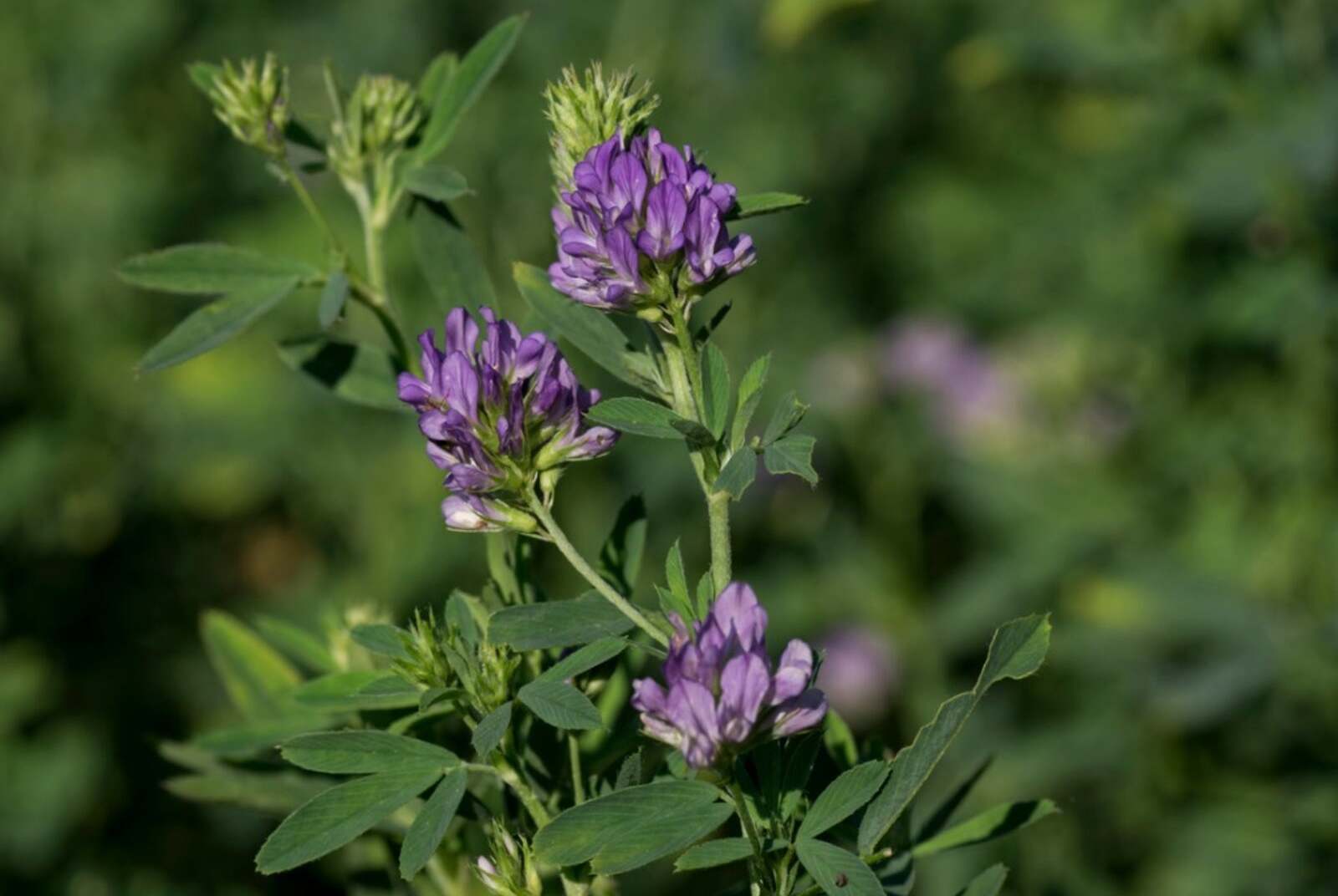
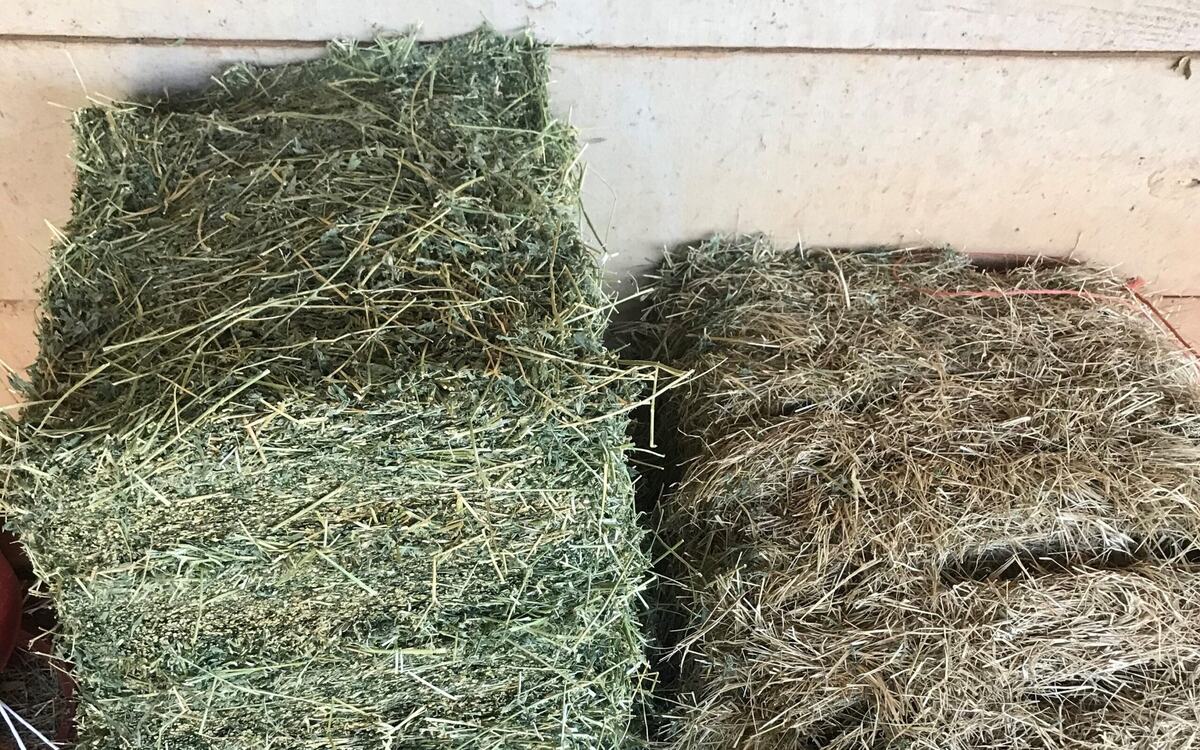

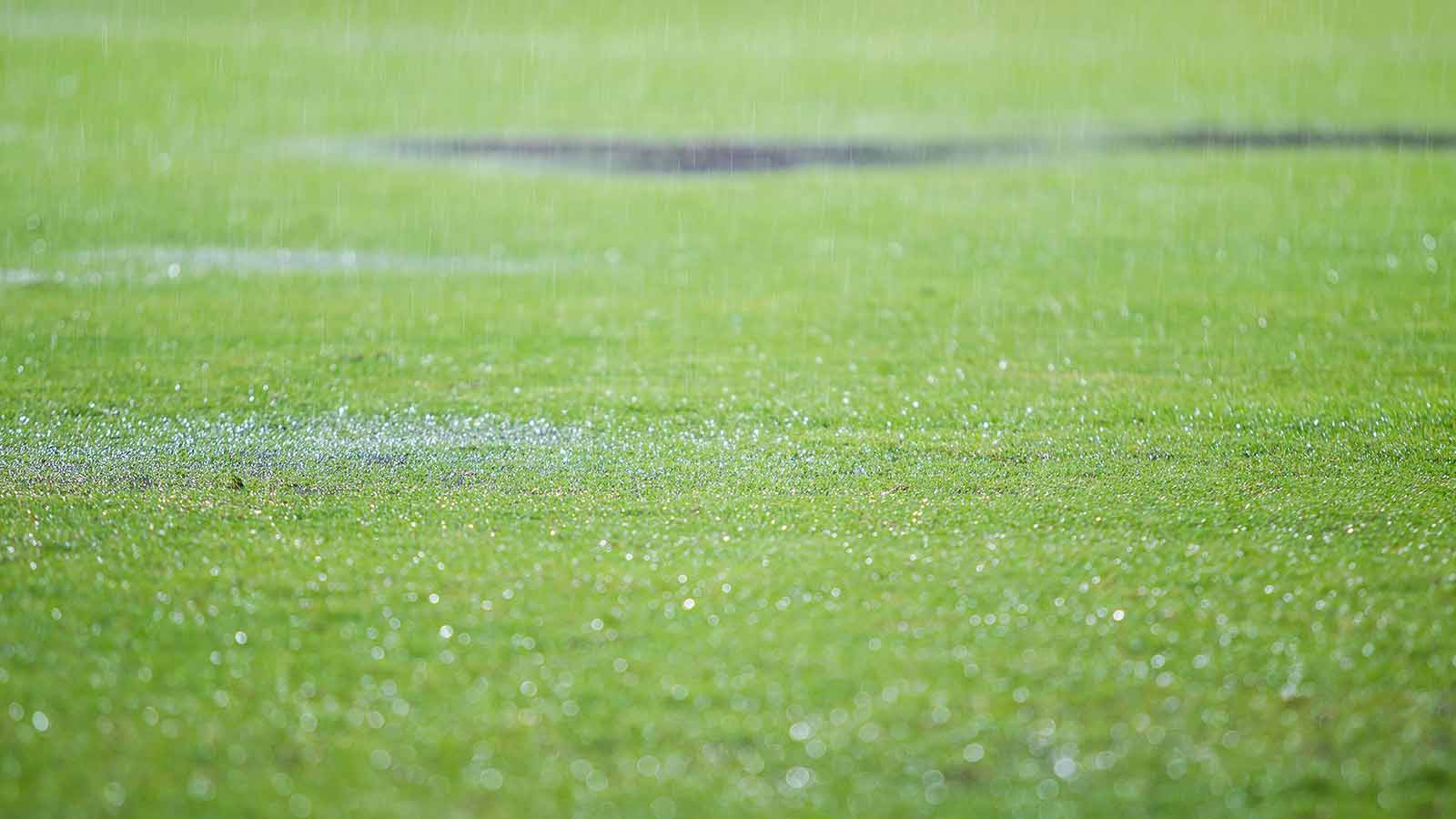
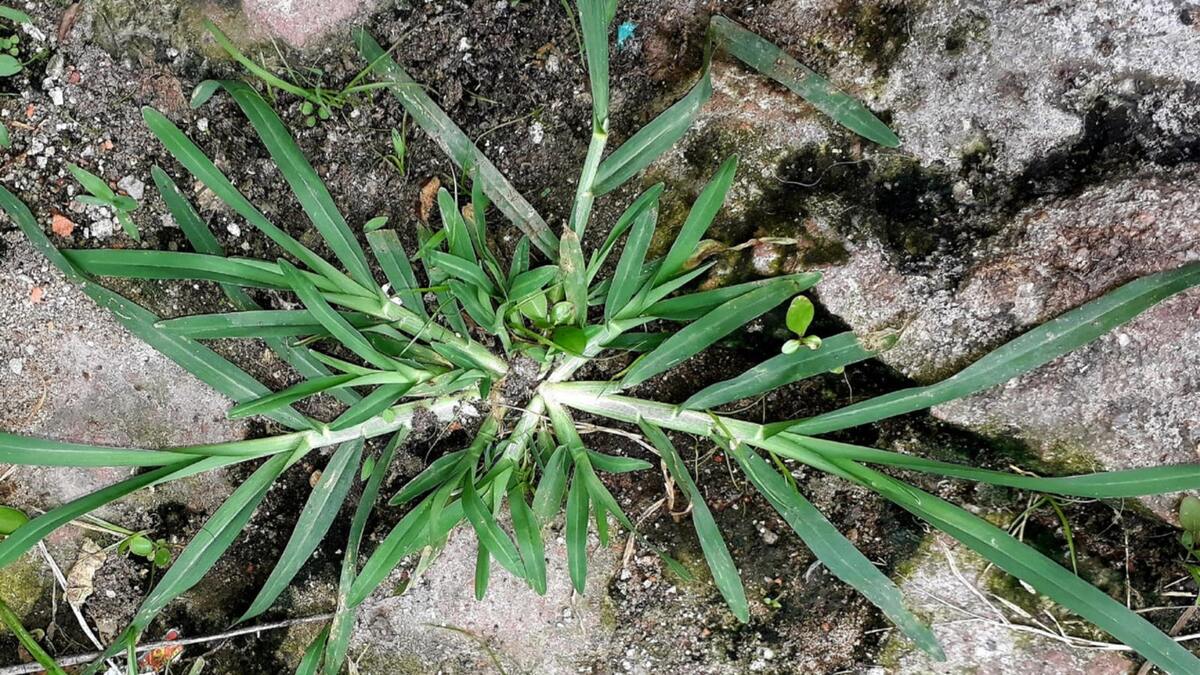
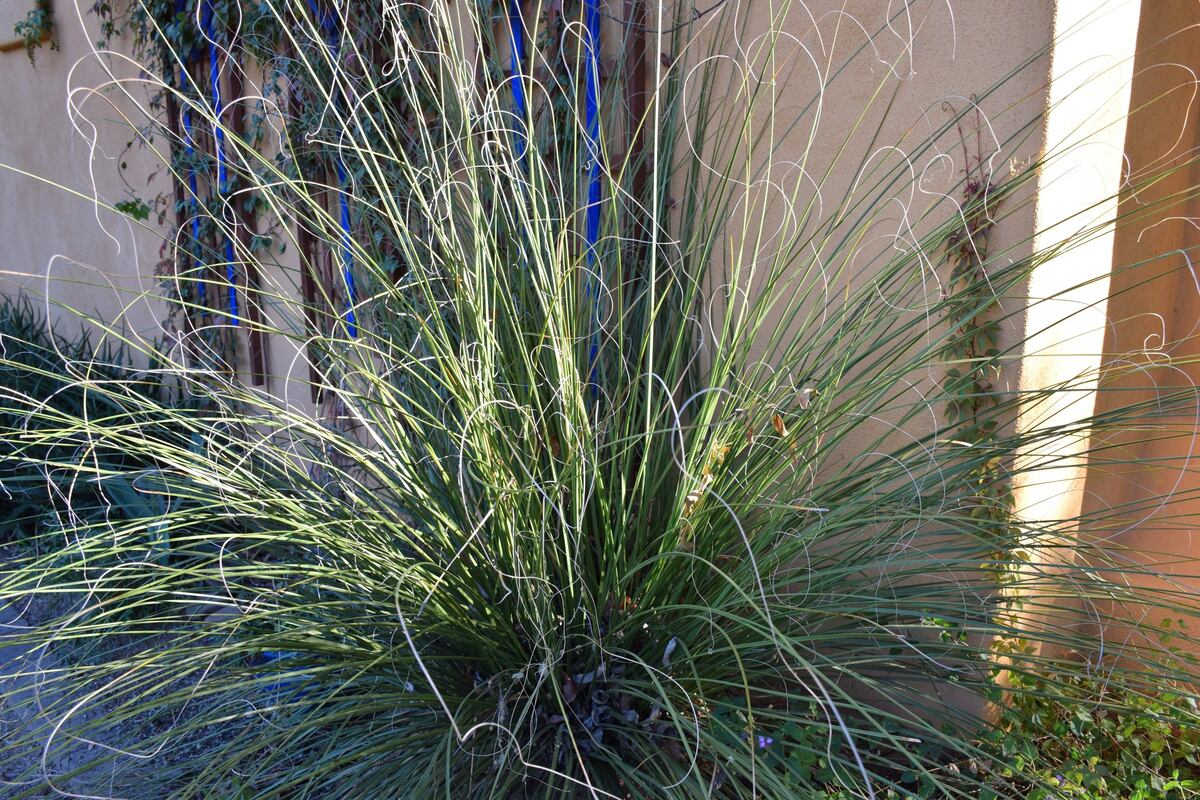
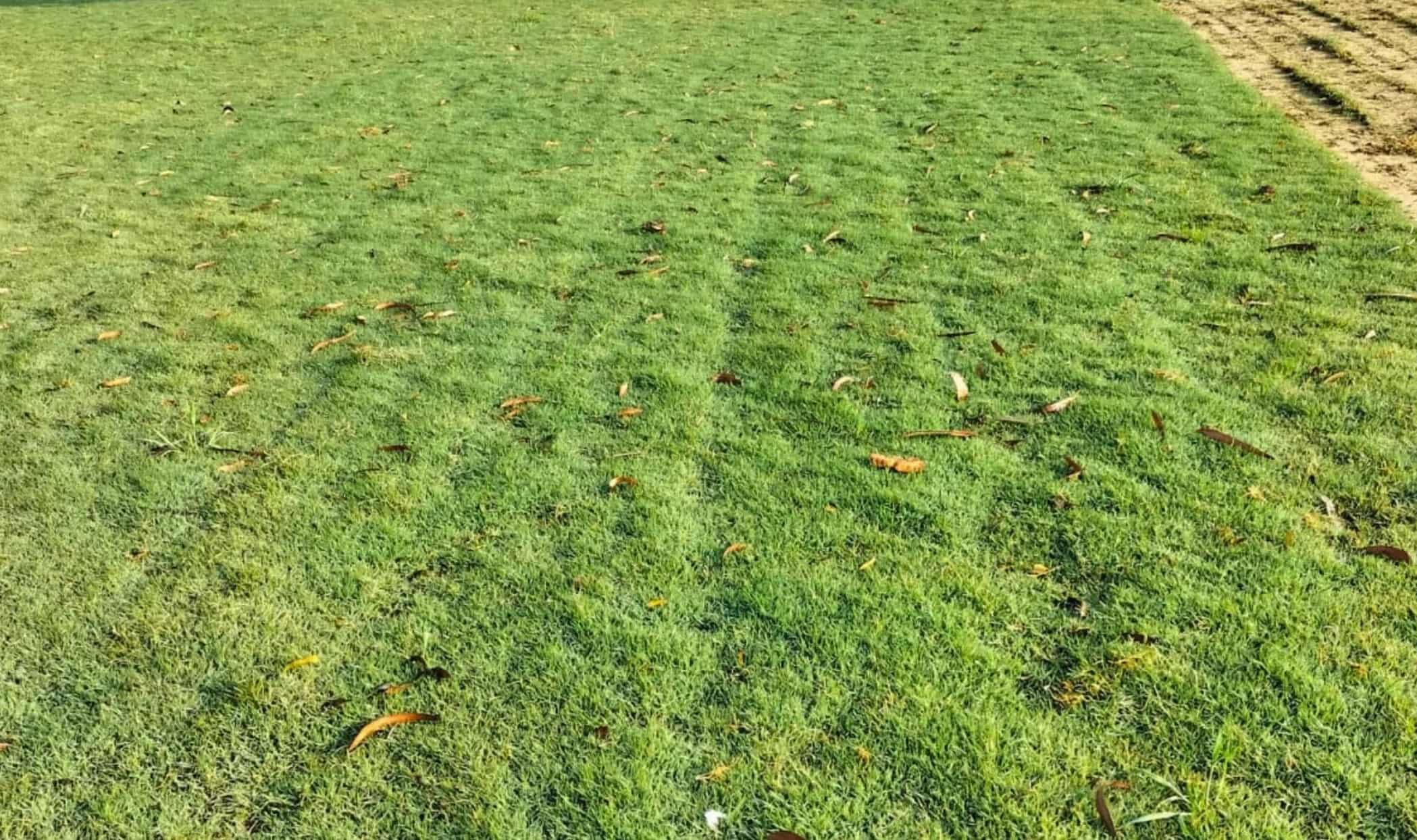
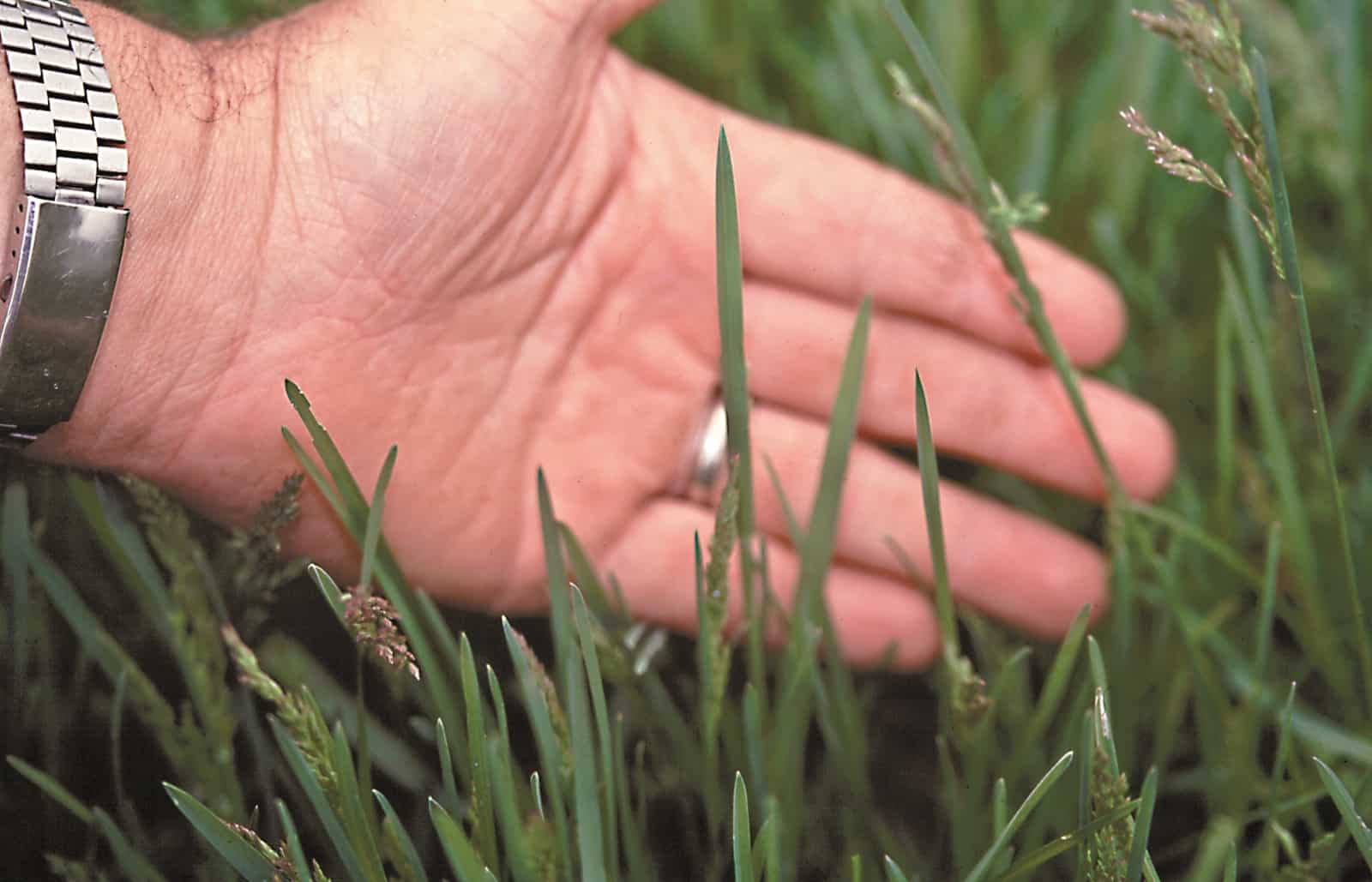
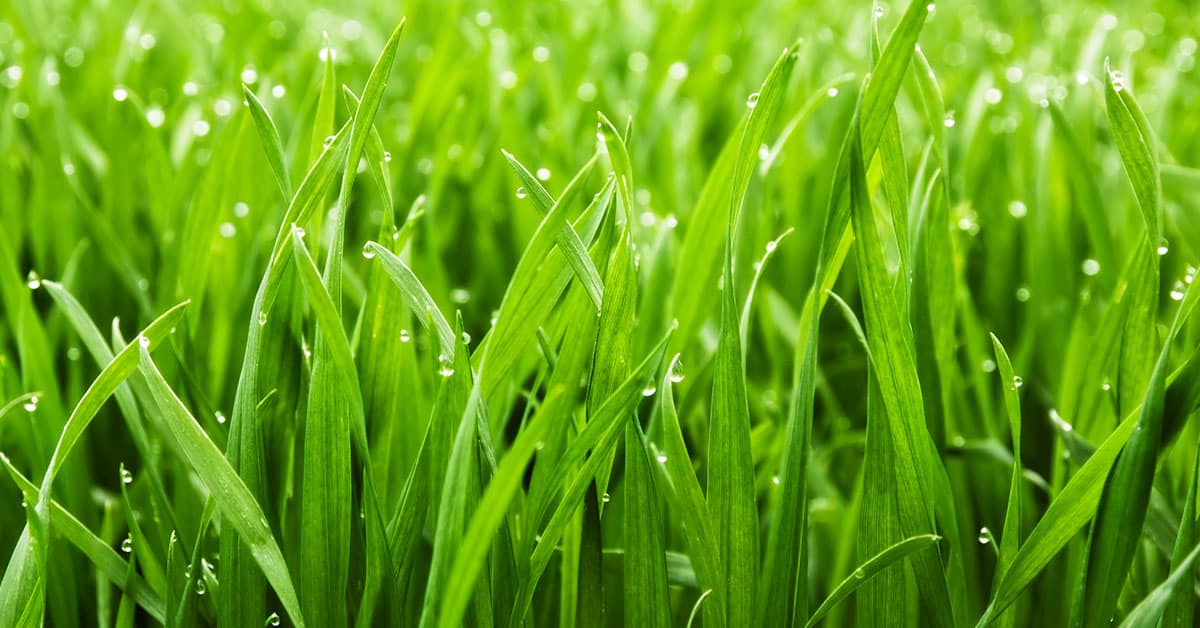
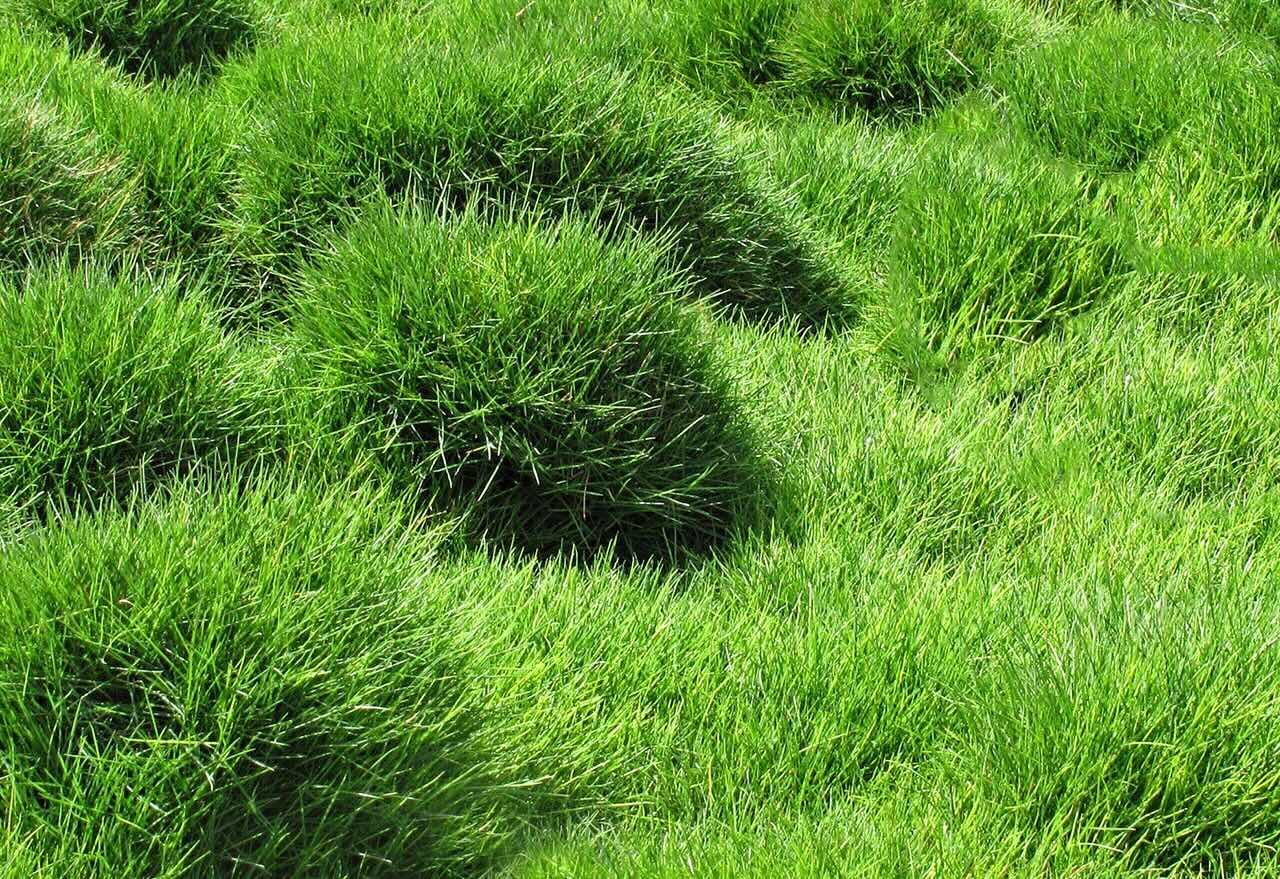
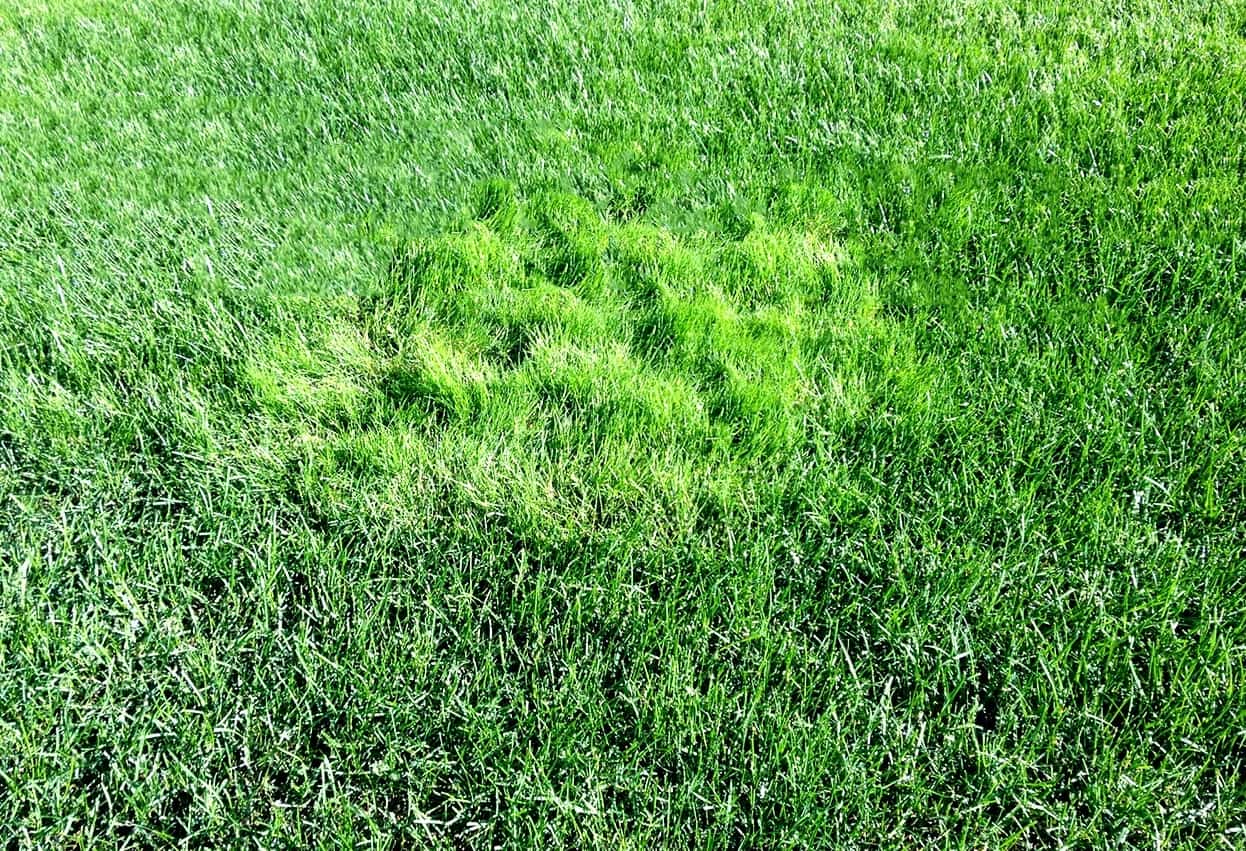
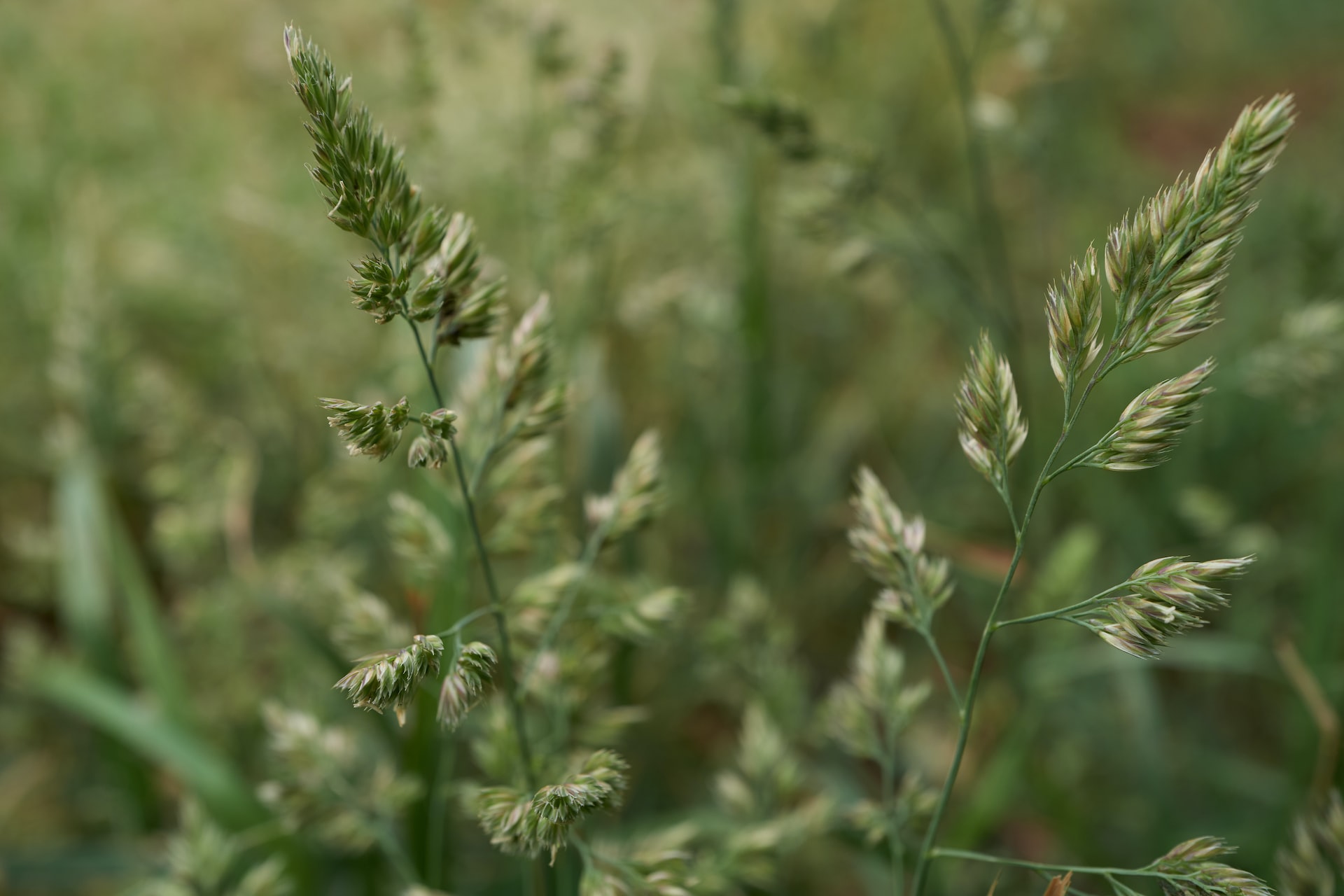
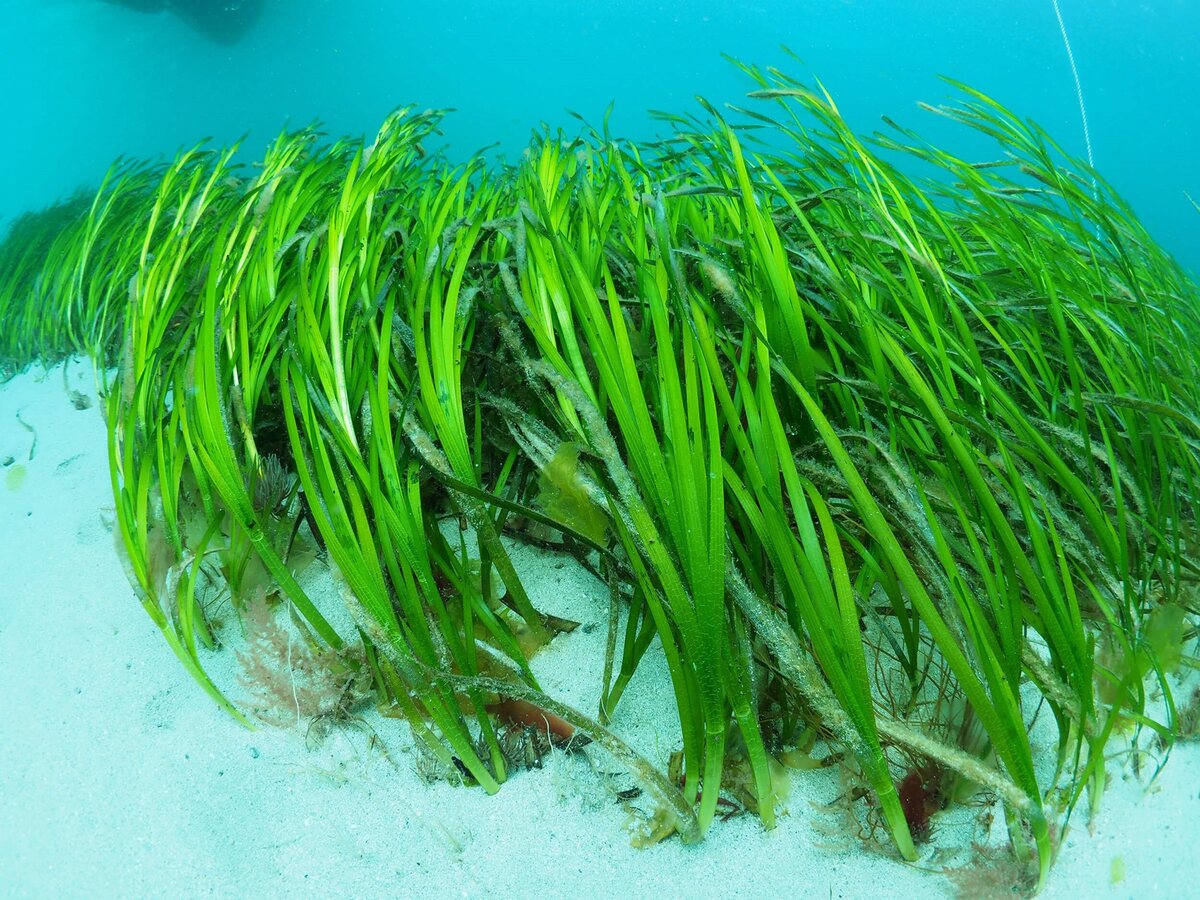


0 thoughts on “What Does Onion Grass Look Like”